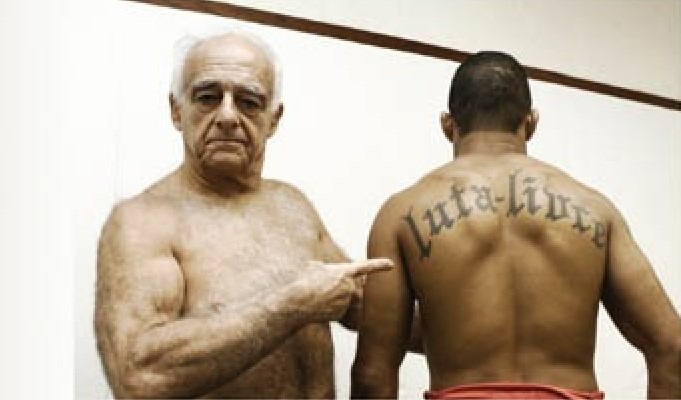
Some of the craziest ever UFC events you’ll see usually have one thing in common – they take place in Brazil. There’s a reason for this. Brazilians simply love their fight, whether it is inside the octagon, in a BJJ tournament, or in a street. Not only that, but they’re exceptionally good at it! This is why the Brazilian Nationals BJJ tournament ranks among the toughest in the world, along with the Europeans, Mundials, and Pans. That said, Brazil has a long history of combat sport contests. Today, we will explore the world of an old rivalry that comes in the form of Luta Livre Vs BJJ. From common origins to inconceivable differences, these two forms of combat sports have definitely taken very different directions since their conception.
There’s hardly anything about Brazil that is boring. You have the beaches, you have the party life, you have the fighting spirit. However, thriving in such an environment as a fighter today is much different than just 60 or so years ago. Back then, challenges were a common way to resolve everything. To that extent, Luta Livre Vs BJJ contests were on the top of the list when it comes to entertaining fights. The two grappling-based arts were duking it out every chance they got, and ti went on for years. Which one emerged victoriously? Let’s take a look at the details, and you can make up your own mind about who the winner is.
Luta Livre Origins
Before we go into the whole Luta Livre Vs BJJ craziness, let’s give the floor to the Brazilian art of wrestling. In Portuguese, Luta Livre means “freestyle wrestling”. However, it is not wrestling that comes to mind. Instead of thinking of western-style Greco Roman wrestling, think more about the catch wrestling that preceded it by a few2 decades. In fact, you can say that Luta l\Ivre is actually the South American doppelganger of western catch wrestling.
Many claim that the roots of Luta Livre can be traced back to one man. However, the truth is that this man, known as Euclydes “Tatu” Hatem merely popularized a combat art he was a master of. Given that Luta Livre Esportiva is a style that emerged around the turn of the 20th century, its roots are clearly deep in catch-as-catch-can wrestling. Let’s be honest, catch wrestling is highly entertaining and extremely fun to do. Originating in England, yet another nation that loves their fight, it is not hard to see why it appealed to the fiery temperament of Brazilians. In Luta Livre, people wrestled in what we now call No-Gi, mostly under catch wrestling rules. In other words, they were looking for fast and brutal submissions, with no forbidden moves or holds. Hence the term “Livre”, or “free”.
Euclydes picked up Luta Livre as a 14-year-old boy. Actually, he started with wrestling, in Rio De Janeiro and jumped in as Luta Livre developed. During the 1930s, it was a very popular style of grappling/fighting in Brazil. However, just like everything else, Luta Livre neede a fierce rival to truly explode onto the world martial arts scene. And that came in the 1940s when BJJ started to spread.
Brazilian Jiu-Jitsu History
BJJ was never shy to stake the claim of the most effective martial art in the world. In fact, modern-day MMA would’ve probably never existed if it wasn’t for this boisterous nature of the Gracie family members. Even since the beginning, the Gracie Jiu-Jitsu fighters enjoyed challenging anyone and everyone to matches in order to determine whose style is superior. The only thing is, BJJ ran into a hard nut to crack in Luta Livre.
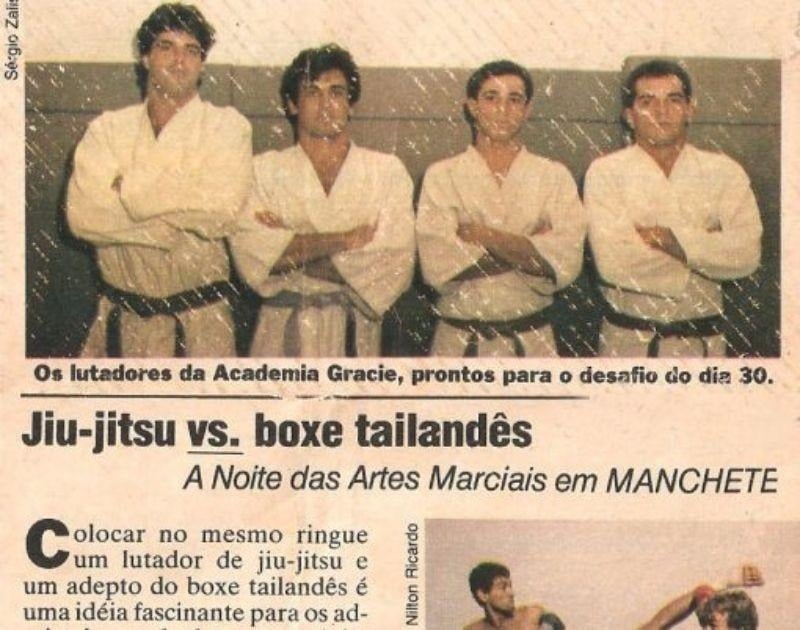
Nowadays, BJJ is a huge sport and only misses an Olympic call-up to be as mainstream as an art can get. There are tournaments all across the world, offering both Gi and No-Gi opportunities. In fact, you could argue that apart from MMA, BJJ is the biggest martial art of today. In contrast to Luta livre, which has roots in wrestling, BJJ retained the Gi uniform, in honor of its Japanese roots. But that is hardly the total extent of their differences. The Luta Livre Vs BJJ rivalry extends much further deeper.
The Common Roots Of Brazilian Grappling Martial Arts
What is common for both Luta Livre and BJJ is that they are both products of the fighting spirits of the Brazilian people. In both cases, it was a well-established martial art that spurred the development of original fighting styles. In the case of Luta Livre, it is catch wrestling that served as the base. However, if you think that catch wrestling is heavy on sneaky submissions, you should check out some of the Luta Livre moves. The tough guys of Brazil who favored this style really took it a step further.
On the other hand, you have the art of BJJ. Here though, it is an eastern martial art that is the main influence as opposed to western born catch wrestling. The ancient art of Judo, which is itself a product of the even older art of Japanese Ju-Jitsu is the precursor for the birth of BJJ. While Judo was mainly focused on throws (and still is), the Gracie brothers decided to devote themselves to the Ne Waza or groundfishing aspect of it. Similar to Luta Livre, submission plays a huge part of the style. Moreover, BJJ really did cause a martial arts revolution, taking the “worst” position you can be in as its starting point and proving you can be effective from there. That position is the closed guard, a position that nobody sees as inferior today.
While both arts share grappling roots, there’s a much more important aspect that binds them together as well. This is the Brazilian culture. To be more precise, it is the fighting spirit and unique temperament of Brazilians that were the driving forces behind both arts. Finally, the one common thing that actually helped both grappling arts become world-famous is actually the Luta Livre Vs BJJ rivalry.
Luta Livre Vs BJJ – An Age-Old Rivalry
How did the famous Luta Livre Vs BJJ rivalry begin? That’s easy. In 1940, Euclydes “Tatu” Hatem was already considered a master of Luta Livre. At the time, thanks to some aggressive marketing, BJJ was slowly emerging as a Brazilian national martial art contender. In order to achieve this status, the Gracies were fighting everyone and anyone across Brazil. In other words, they were doing the same thing they’d later do all around the globe. However, it was a single match between Geroge Gracie and Tatu that actually started the snowball that turned into a heated Luta Livre vs. BJJ rivalry.
Tatu and George Gracie met in 1940 in a grappling match that ended with Hatem as the winner. While records from the time are anything but reliable, the common story is that Tatu caught Gracie in an Americana, winning by submission. Whether or not this is true, history shows Luta LIvre as the winner of that one. Since at the time ti was highly uncommon for the Gracies to lose, this rally did give Luta livre boasting rights. Even more so, ti sparked the Luta Livre Vs BJJ rivalry which actually made both arts very famous, due to a bunch of grudge matches that took place during subsequent years.
Ruas Vs. Pinduka
Further adding fuel to the Luta Livre Vs BJJ fire was a clash of academies. Due to certain disagreements, a grudge emerged between the Gracie academy and another academy in Rio named Naja. Rolls Gracie took it upon himself to challenge and beat the head instructor, thinking that would resolve the matter. However, the Naja Academy representative Marco Ruas went on to train Luta LIvre with esteemed Tatu students while preparing to face the Gracies in revenge. When he did face Gracie JIu-Jitsu fighter Pinduka, he battled to a draw, with one of his students actually beating a Gracie fighter. Once again Luta Livre frustrated the Gracies, deepening the rivalry even more.
Rickson Vs. Duarte
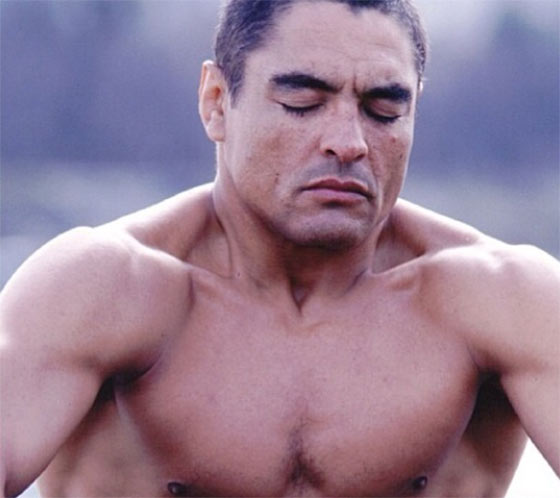
As word of the challenge Duarte issued spread, RIckosn had to react. Rickson faced Duarte at the Pepe Beach in a battle that’s very popular even today. A reason for this is that there was a camera that recorded the whole thing, as Rickson ground and pounded Duarte to surrender from the mount.
Academy Invasions
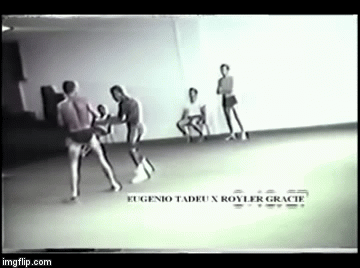
A few years later, in 1991, Luta Livre fighters once again staged an invasion. This time though, the crashed a Jiu-Jitsu competition called the Nastra Cup. The reason was an interview Walid Ismail (a Gracie Jiu-Jitsu fighter) gave to a local newspaper. Walid claimed that Luta Livre was nothing more than a bad copy of BJJ. Of course, this didn’t go well with the LutaLivre fighters. A Luta livre posse invaded Robson Gracie’s Nasra cup as a result. Carlson Gracie intervened to settle things down and resolved the situation by scheduling a Luta Livre vs. BJJ public challenge fight.
Luta Livre Vs BJJ in the ’90s
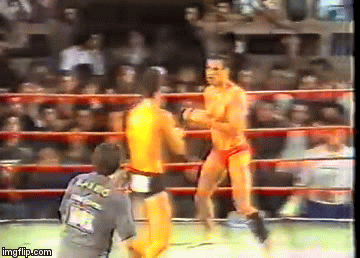
Later in the ’90s, the rivalry sparked up again when Renzo Gracie faced Eugenio Tadeu under the Pentagon Combat banner. However, the focus quickly shifted from the fight itself as a riot broke out. Hundreds of Luta Livre supporters clashed with hundreds of Jiu-Jitsu supporters. In the chaos, there were plenty of injuries and even the use of firearms. This ended up in a nationwide ban on Vale Tudo. Luta Livre never really recovered from this.
Two Directions Of Evolution
After the glory days of Luta Livre, which were when “Tatu ”Hathem was the representative, the grappling style never really caught on. It did give birth to a very important aspect of martial arts in Vale Tudo, which was pretty much the MMA version of Luta Livre. However, a lack of organization, vision, and particularly leadership cost Luta Livre worldwide recognition. Out of the two grappling arts of Brazil. Jiu-Jitsu turned mainstream, while Luta Livre all but died out.
To be honest, Vale Tudo did make a huge splash, but it did nothing to help the return of Luta Livre. Nowadays, with professional MMA and all, Vale Tudo is back in the mix again. However, it had many years taken away from it, much as a result of the post-riot ban in 1997.
On the other side of the Luta Livre Vs BJJ rivalry, Jiu-Jitsu went viral. This was due mainly to the approach that the Gracie family had to the art. They did have some great fighters, both family members and students. However, they also had great businessmen, who saw the opportunity and made the most out of it. Through the Gracie organizations, Jiu-Jitsu conquered Brazil with ease. After that, it was the IBJJF and the UFC, which made it a global phenomenon. Eventually, MMA emerged as a result and morphed into a full-time, professional sport. That caused many of the former Luta Livre guys to switch allegiance and join Jiu-Jitsu camps in pursuit of MMA greatness.
In Summary
Out of all the martial arts rivalries in the world, you can leave it to Brazil to develop the fiercest one. Who knows how the Luta Livre Vs BJJ thing would’ve ended, if at all if it wasn’t for some unfortunate circumstances. The Pentagon Combat riot did a lot of damage, at least as far as Luta livre is concerned. And, with the emergence of MMA as a direct result of Jiu-Jitsu, and the hardships pure Luta Livre fighters had with the transition to MMA, the fate of this exciting Brazilan grappling martial art was sealed. However, the best thing about martial arts is that they can never die out, so time will tell when rather than if, Luta Livre is going to make a comeback. Hopefully, this time, it will be at the world stage.
Jiu-Jitsu or Boxing for Self Defense? Is Jiu-Jitsu Useless in a Real Fighting Situations?


![Darce Choke Encyclopedia – Origins, Mechanics and Variations [2024] BJJ, choke, Brabo, BJJ Darce Choke, D'arce Choke, Darce BJJ Choke](https://bjj-world.com/wp-content/uploads/2017/11/JungPoirierLeeYahoo-218x150.jpg)








![Basic Closed Guard Jasmine Rocha DVD Review [2024] Basic Closed Guard Jasmine Rocha DVD Review](https://bjj-world.com/wp-content/uploads/2024/11/basic-closed-guard-jasmine-rocha-dvd-review-218x150.png)
![Don’t Stand Up Chris Wojcik DVD Review [2024] Don't Stand Up Chris Wojcik DVD Review](https://bjj-world.com/wp-content/uploads/2024/11/dont-stand-up-chris-wojcik-dvd-review-218x150.png)
![EMU Guard 2.0 Benjamin Power DVD Review [2024] EMU Guard 2.0 Benjamin Power DVD Review](https://bjj-world.com/wp-content/uploads/2024/11/emu-guard-2-0-benjamin-power-dvd-review-218x150.png)
![The Whole Omoplata Enchilada Lyanne Perez DVD Review [2024] The Whole Omoplata Enchilada Lyanne Perez DVD Review](https://bjj-world.com/wp-content/uploads/2024/11/whole-omoplata-enchilada-lyanne-perez-dvd-review-218x150.png)
![No-Gi Defense Xande Ribeiro DVD Review [2024] No-Gi Defense Xande Ribeiro DVD Review](https://bjj-world.com/wp-content/uploads/2024/11/no-gi-defense-xande-ribeiro-dvd-review-218x150.png)
![Mastering Takedown Prevention Steve Mocco DVD Review [2024] Mastering Takedown Prevention Steve Mocco DVD Review](https://bjj-world.com/wp-content/uploads/2024/11/mastering-takedown-prevention-steve-mocco-dvd-review-218x150.png)


![Basic Closed Guard Jasmine Rocha DVD Review [2024] Basic Closed Guard Jasmine Rocha DVD Review](https://bjj-world.com/wp-content/uploads/2024/11/basic-closed-guard-jasmine-rocha-dvd-review-100x70.png)





![Reverse De La Riva System Mikey Musumeci DVD Review [2024] Reverse De La Riva System Mikey Musumeci DVD Review](https://bjj-world.com/wp-content/uploads/2024/11/reverse-de-la-riva-system-mikey-musumeci-dvd-review-100x70.png)
![Just Pass Jay Rodriguez DVD Review [2024] Just Pass Jay Rodriguez DVD Review](https://bjj-world.com/wp-content/uploads/2024/11/just-pass-jay-rodriguez-dvd-review-100x70.png)









![A Blueprint For Smeshing Khabib Nurmagomedov DVD Review [2024] A Blueprint For Smeshing Khabib Nurmagomedov DVD Review](https://bjj-world.com/wp-content/uploads/2024/10/blueprint-for-smeshing-khabib-nurmagomedov-dvd-review-100x70.png)


![Henry Akins Black Hole No-Gi Closed Guard DVD Review [2024] Henry Akins Black Hole No-Gi Closed Guard DVD Review](https://bjj-world.com/wp-content/uploads/2024/09/henry-akins-black-hole-no-gi-closed-guard-dvd-review-100x70.png)





